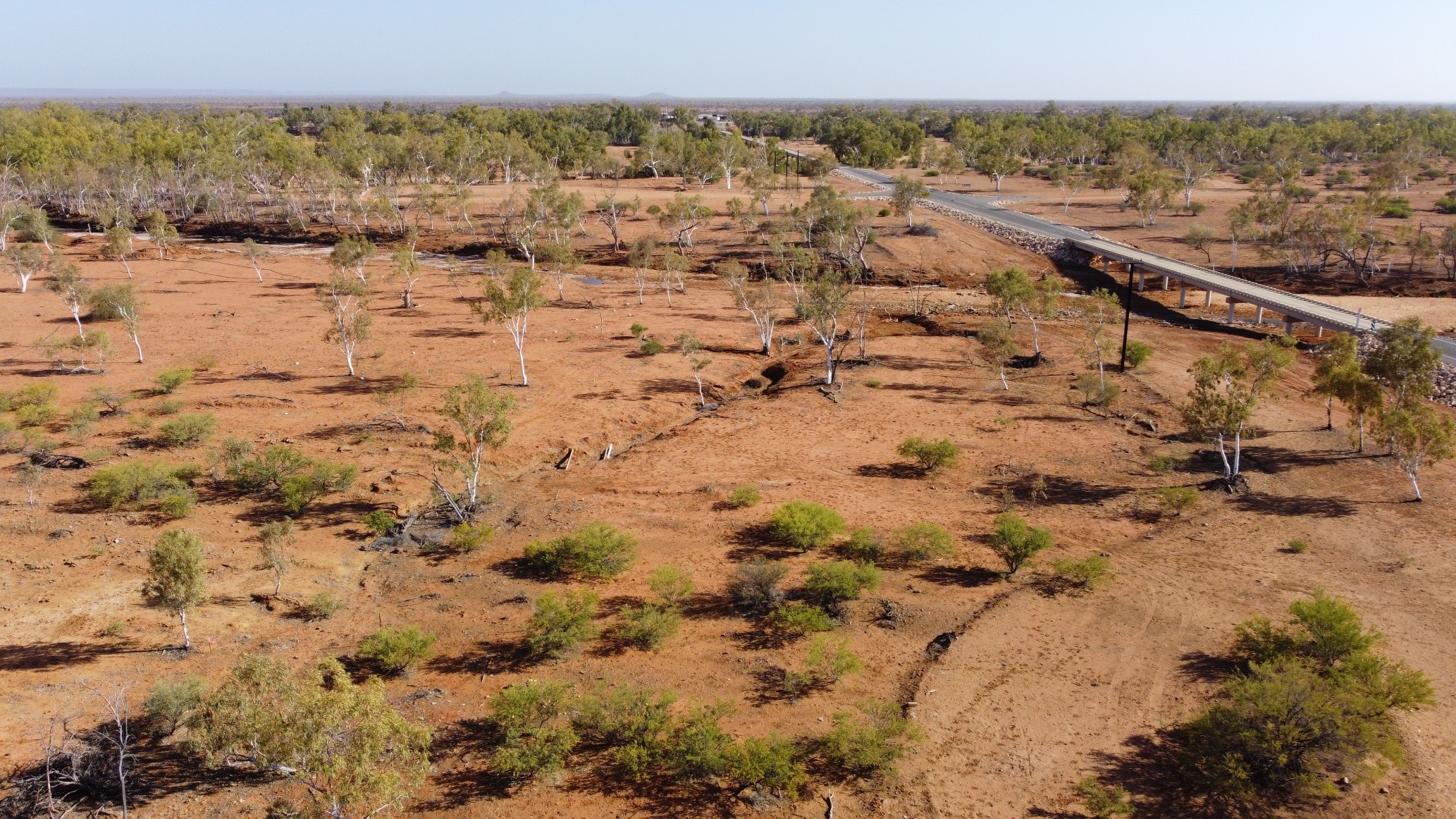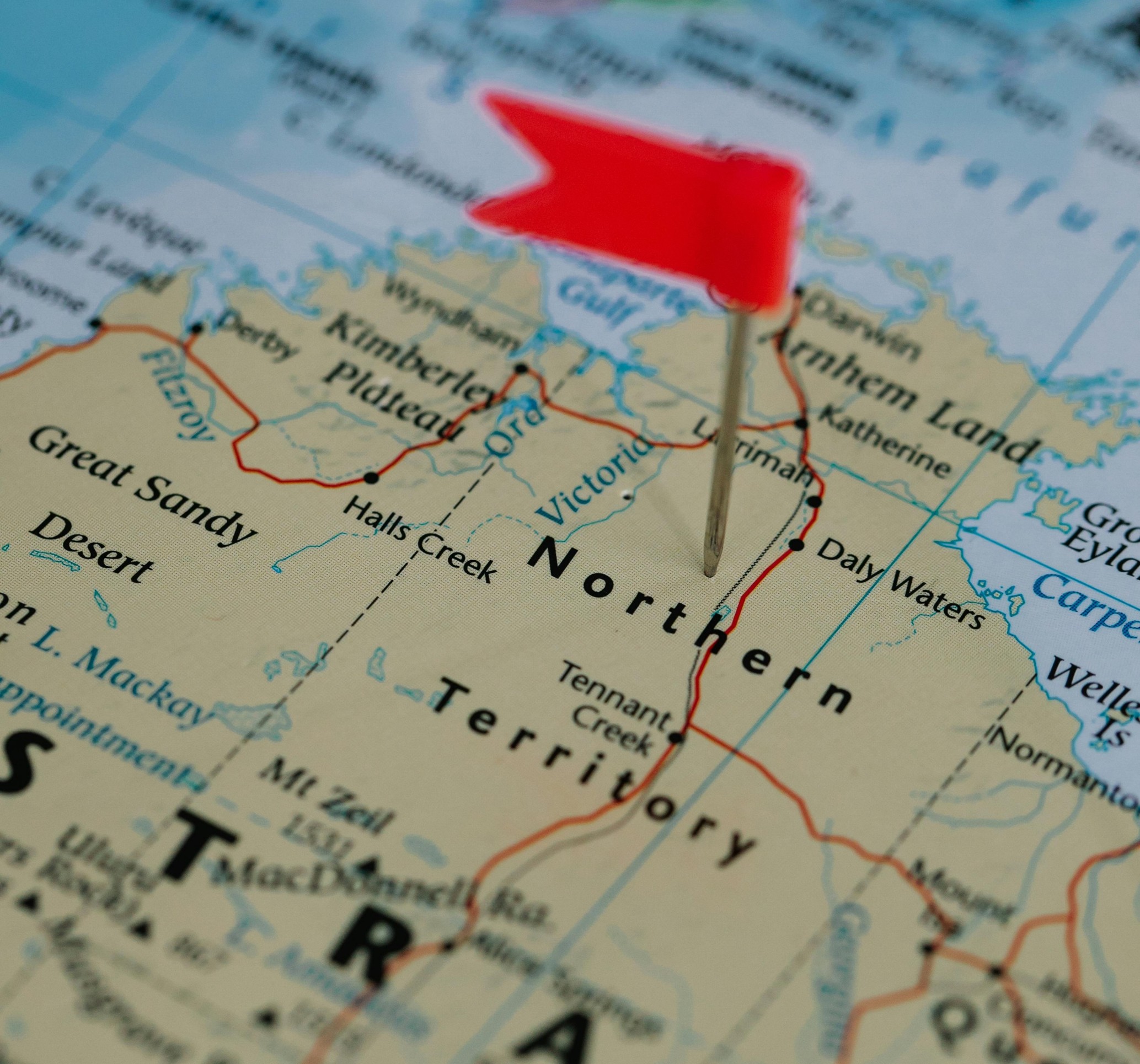The primary objective was to assess the presence of the ABAB host ant, Camponotus sp. nr. terebrans. Although Camponotus sp. nr. terebrans was not identified within the immediate survey bounds, its presence was confirmed in an adjacent area. This finding offers valuable insight into its broader distribution, suggesting potential connectivity or new areas of interest for conservation, which is crucial for a species facing such severe population fragmentation.
Concurrently, the surveys aimed to identify suitable habitats for priority-listed butterfly species, Inland Hairstreak. Multiple locations were successfully identified that meet the habitat requirements for this species, including potential breeding grounds. These discoveries are vital for understanding its distribution and supporting future conservation efforts, providing a strong foundation for targeted management strategies and conservation plans.
Both butterfly species are endemic and face considerable conservation challenges, with the Arid Bronze Azure Butterfly (ABAB) listed as Critically Endangered under both state and federal legislation due to very limited and severely fragmented distribution. Their life cycles are intimately tied to host ant species, highlighting the importance of understanding these complex ecological relationships for effective conservation. The survey methodology strategically prioritised the detection of host ants before seeking the butterfly species, a highly efficient approach given the elusive nature of the butterflies and the specific requirements of their early life stages.
The report concludes with strategic recommendations for subsequent surveys, aiming to further refine the understanding of these species' presence and guide effective conservation planning, ensuring a proactive approach to biodiversity protection.



